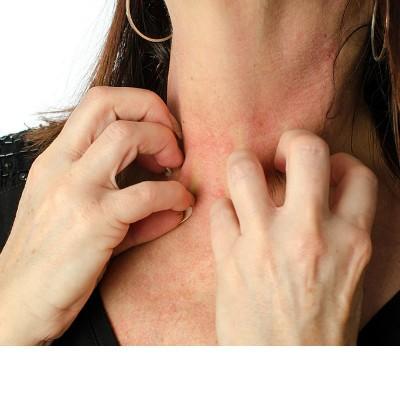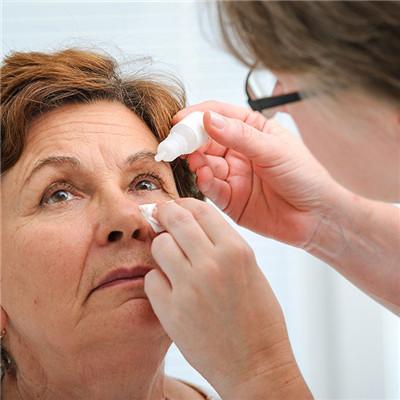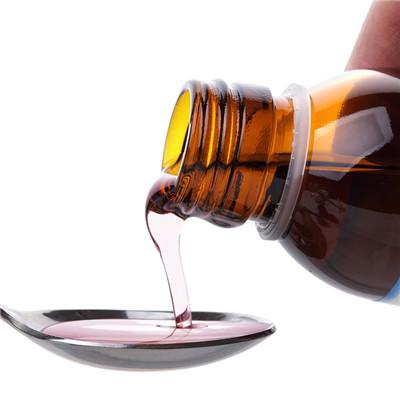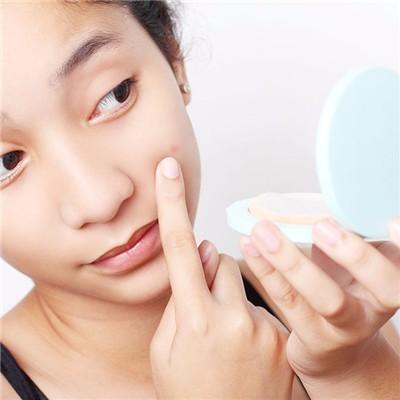Symptoms of long horse teeth
summary
"Horse tooth" is a medical term called epithelia. It refers to a series of small white or light yellow spots on both sides of the middle part of the upper jaw and the root of the tooth, which are about one month to one and a half months old. It looks like a tooth, so it is called horse tooth. However, it has nothing to do with teeth in terms of appearance or function. The symptom of long horse tooth? Next, I'd like to share my views with you.
Symptoms of long horse teeth
Newborn gingival edge or near the midline of the maxilla, often grow some milky white particles, the surface is smooth, the number varies from 1 to dozens. These granules are called epithelia in clinic, commonly known as equine teeth. They are the most primitive tissues of tooth development. At 6 weeks of embryonic development, they are formed by the thickening of oral mucosal epithelial cells.

Generally, it can be absorbed by itself in about 2 weeks. It can't be picked with needle or wiped with cloth, so as not to damage the mucosa and cause infection. Horse teeth are white or yellowish white vesicles or dots growing on the baby's tooth flesh (both sides of the midline of the palate and the edge of the gingiva).
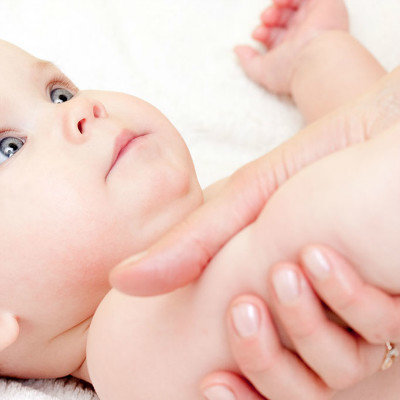
It's very similar to the new deciduous teeth, but the horse teeth are commonly known as "horse teeth" or "die teeth".

matters needing attention
Healthy newborns do not need oral care. What parents need to do is to clean the corners of the baby's mouth, lips and mandible with clean towel or napkin after each feeding, so that there are no milk stains left in these places, and ensure the cleanness of skin and oral mucilage. When the baby has oral inflammation or other oral diseases, it is necessary to receive oral care.




